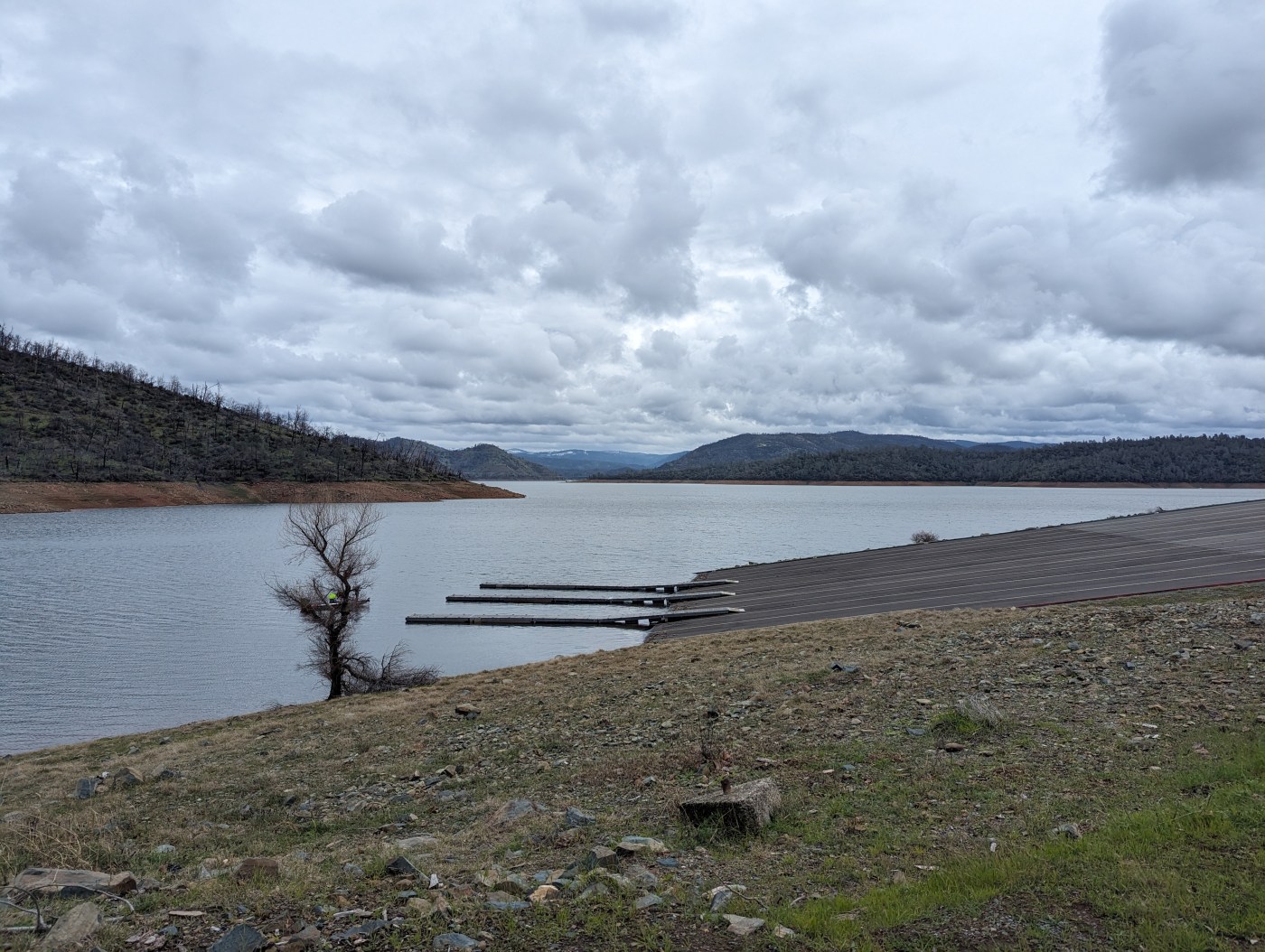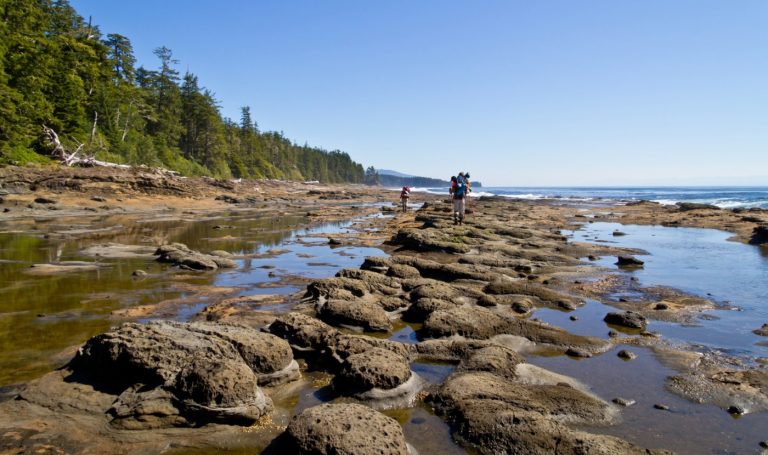OROVILLE — Compared to March 4, 2023, Lake Oroville’s water level has already surpassed what was the highest level in years.
Last year, Lake Oroville hit its maximum capacity of 900 feet by June. On March 4, 2023, the lake was at 832 feet in elevation but this year, on the same date, Lake Oroville sat at 860 feet.
Raquel Borrayo, a spokesperson with the California Department of Water Resources, said releases are continuing from the Oroville Dam’s main spillway as well as other channels.
“Water releases from Oroville Dam’s main spillway are currently at 14,000 cubic feet per second,” Borrayo said. “Total Feather River releases via the Thermalito Afterbay Outlet and low-flow channel amount to 14,000 cfs. Releases from the main spillway vary throughout the day depending on the availability of the Hyatt Powerplant for flood protection releases. DWR continues construction work on a River Valve Outlet System project, restricting Hyatt Powerplant operation to the evening and weekend hours for the safety of construction crews.”
Borrayo said the releases will continue from the lake in an effort to prevent flooding, adding that the amount released is based on guidelines from the U.S. Army Corps of Engineer’s Water Control Manual.
The boat dock at Riverbend Park is partially submerged by the Feather River on Monday, March 4, 2024 in Oroville, California. As of Monday, the California Department of Water Resources was releasing about 3,500 cubic feet of water into the low flow area of the Feather River, which runs between the Fish Barrier Dam and the Thermalito Afterbay outlet and includes the stretch of river at Riverbend Park. DWR was releasing 14,000 cubic feet of water per second into the river from the Oroville Dam from the main spillway. (Jake Hutchison/Enterprise-Record)
“Releases are coordinated closely with the U.S. Army Corps of Engineers and other water operators and adjusted as needed to account for continuing runoff,” Borrayo said. “DWR continues to monitor lake levels, weather forecasts, and mountain snow levels to optimize water storage at Lake Oroville and meet environmental requirements while allowing for carryover storage into next year.”
While the state’s snowpack had a rocky start to the year with extremely limited snow, DWR’s latest survey on Feb. 29 saw something of a comeback with the Sierra Nevada snowpack at Phillips Station showing 77% of the average for this time of year. When the weather begins to stay consistently warmer, the snow melt-off begins to reenter the waterways, often prompting DWR to release additional water from the lake.
“Water released into the Feather River supports the environment and some will eventually make its way through the State Water Project to the San Luis Reservoir where it will be captured to maintain overall water supply,” Borrayo said. “It is important to note that despite continued flood control releases from Lake Oroville, the State Water Project has been able to take advantage of this winter’s storms, increasing water storage at Oroville by approximately 570,000 acre-feet since January 1.”
Meanwhile, Shasta Lake sits at just shy of 1,038 feet as of Monday, a drop from 1,046 feet at its peak so far for this year on Feb. 22.
Around this date last year, Shasta Lake was at 996 feet, which was still a significant increase from March 4, 2022, when it was at 938 feet.
Recent rains
Jeffery Wood, a meteorologist with the National Weather Service’s Sacramento office, said Chico and surrounding areas saw about 1.17 inches of rainfall in the past four days. Other parts of the valley saw similar totals with Oroville getting just over an inch.
A weather site north of Paradise showed about 1.64 inches of rain in the foothills in the same timeframe.
Wood said this week there will be some more opportunity for rain with up to an inch near and around Lake Oroville and up into the foothills.













+ There are no comments
Add yours